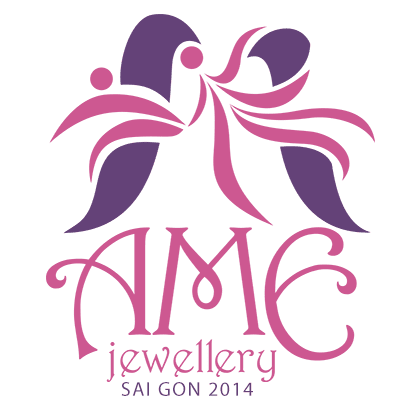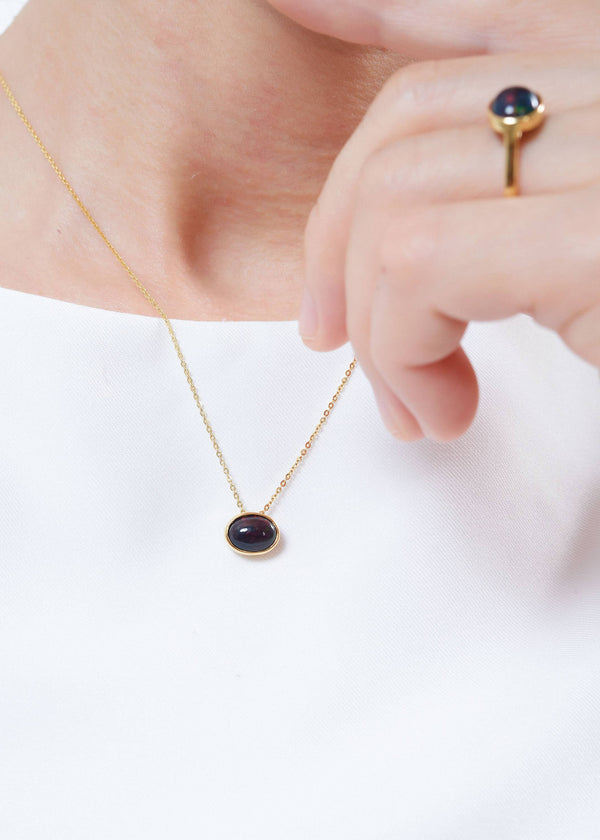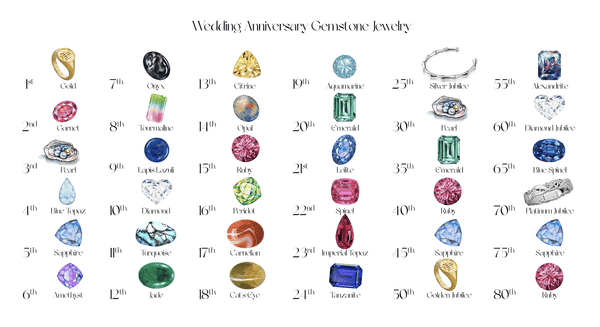Opal Jewelry
Natural Opal Jewelry: The Kaleidoscope of Earth's Dreamtime
Revered as the luckiest and most magical of all gems, opal embodies the fiery red of ruby, the lush green of emerald, the golden warmth of topaz, the deep blue of sapphire, and the royal purple of amethyst. Known for its mesmerizing play-of-color, opal’s shifting hues dance with the light and viewing angle. There are two main types: precious opal, which exhibits play-of-color, and common opal, which does not. Among them, the rarest and most valuable is the red-fire opal.

History & Cultural Significance
- Ancient Use: Opal has been cherished since antiquity. The Romans called it opalus, meaning "precious stone," and believed it combined the beauty of all other gems. In ancient Rome, opal symbolized love and hope.
- Australia’s Contribution: When opal mines in Australia began commercial production in the 1890s, the country quickly became the world’s leading opal supplier.
- Medieval Beliefs: In Europe, opal was thought to bring good luck and enhance vision.
- Indigenous Australian Lore: Opal holds sacred significance in Aboriginal Dreamtime stories.
- Mythology: The ancient Greeks believed that opals were the tears of Zeus after he defeated the Titans, while Arabic legend claims that opals descended from the heavens in flashes of lightning.
How Opal Forms
Opal is formed by seasonal rains that seep into dry, underground rock formations, carrying dissolved silica downward. As the water evaporates during dry periods, silica deposits remain, eventually forming opal.
The phenomenon of play-of-color occurs because opal consists of microscopic silica spheres stacked in a grid-like pattern. As light waves pass through, they bend and diffract into spectral hues. The colors seen depend on the size of the spheres:
- ~0.1 micron: Violet
- ~0.2 microns: Red
- Intermediate sizes: Other rainbow colors

This fire opal weighs a spectacular 132 carats. Courtesy W. Constantin Wild & Co., Idar-Oberstein, Germany
Types of Opal
- Fire Opal: Characterized by its vibrant orange-red hues, fire opal is often faceted to enhance its brilliance. The most prized specimens are crystal clear and intensely bright. Found primarily in Mexico, with smaller deposits in the USA and Canada.
- Black Opal: Mined in Lightning Ridge, Australia, black opal is the most valuable form. Its dark background—black, blue, brown, or gray—enhances the spectral colors, much like a storm cloud behind a rainbow.
- Light Opal: Often white or pale in appearance, light opal displays flashes of red, green, and blue.
- Crystal Opal: A transparent opal is known for its exceptional clarity and intense color play. Mined in Coober Pedy, Australia.
- Boulder Opal: Found in Queensland, Australia, boulder opal is cut to follow the natural contours of the opal vein, often resulting in freeform shapes. It is one of the brightest and most unique opals.
- Doublet Opal: A thin slice of precious opal glued to a dark backing, enhances its colors.
- Triplet Opal: A thin slice of opal layered between a crystal cap and a dark backing for added durability and brilliance.
- Mosaic Opal: Composed of small opal chips arranged on a dark backing.
- Inlay Opal: Thin pieces of opal set directly into jewelry designs, often using black, crystal, or boulder opal.

Properties & Meaning
- Physical Properties: Opal ranks 5.5–6.5 on the Mohs hardness scale, making it softer and more fragile than many gemstones. With a water content of up to 20%, opal requires careful handling to avoid cracking or dehydration.
-
Metaphysical Properties:
- Inspiration & Creativity: Amplifies imagination and artistic expression.
- Love & Passion: Enhances emotional depth and romance.
- Transformation: Symbolizes change and self-reflection.
Spiritual Applications
-
Chakra Alignment:
- White Opal – Crown Chakra (spiritual connection)
- Black Opal – Root Chakra (grounding and protection)
- Fire Opal – Sacral Chakra (passion and vitality)
- Meditation: Enhances intuition, emotional healing, and spiritual awareness.
- Symbolism: A stone of hope, purity, and truth, used to amplify intentions in rituals.
- Birthstone & Anniversary: Opal is the birthstone for October and the traditional gift for the 14th wedding anniversary.
- Feng Shui: Associated with the ♎︎ Libra zodiac sign and the Year of the Snake in the Eastern zodiac.
Gemstone Factors
- Mineral: Hydrated Silica
- Chemistry: SiO2•nH2O
- Color: All colors
- Refractive index: 1.37-1.47
- Specific gravity: 2.15
- Mohs Hardness: 5 to 6.5
Sources of Opal
- Australia: Producing over 90% of the world’s opals, including black, white, and boulder opals from Coober Pedy, Lightning Ridge, and Andamooka.
- Ethiopia: Known for high-quality Welo opals with vibrant play-of-color.
- Mexico: Famous for its fiery orange-red opals.
- Brazil: Home to both precious and common opals.
- United States: Unique varieties are found in Nevada and Idaho, including pink and crystal opals.
Caring for Opal
Opal’s delicate beauty requires mindful care. To maintain its brilliance:
- Avoid prolonged exposure to heat and dry conditions.
- Store in a moisture-controlled environment to prevent dehydration.
- Clean with a soft, damp cloth—never use harsh chemicals or ultrasonic cleaners.
Natural Opal Jewelry by AME Jewellery
At AME Jewellery, we design and craft exquisite natural opal jewelry in yellow, white, and rose gold. Each piece is meticulously set with high-quality opals and certified by SJC Lab, ensuring authenticity and excellence.
Discover the timeless allure of natural opal jewelry at AME Jewellery today!











